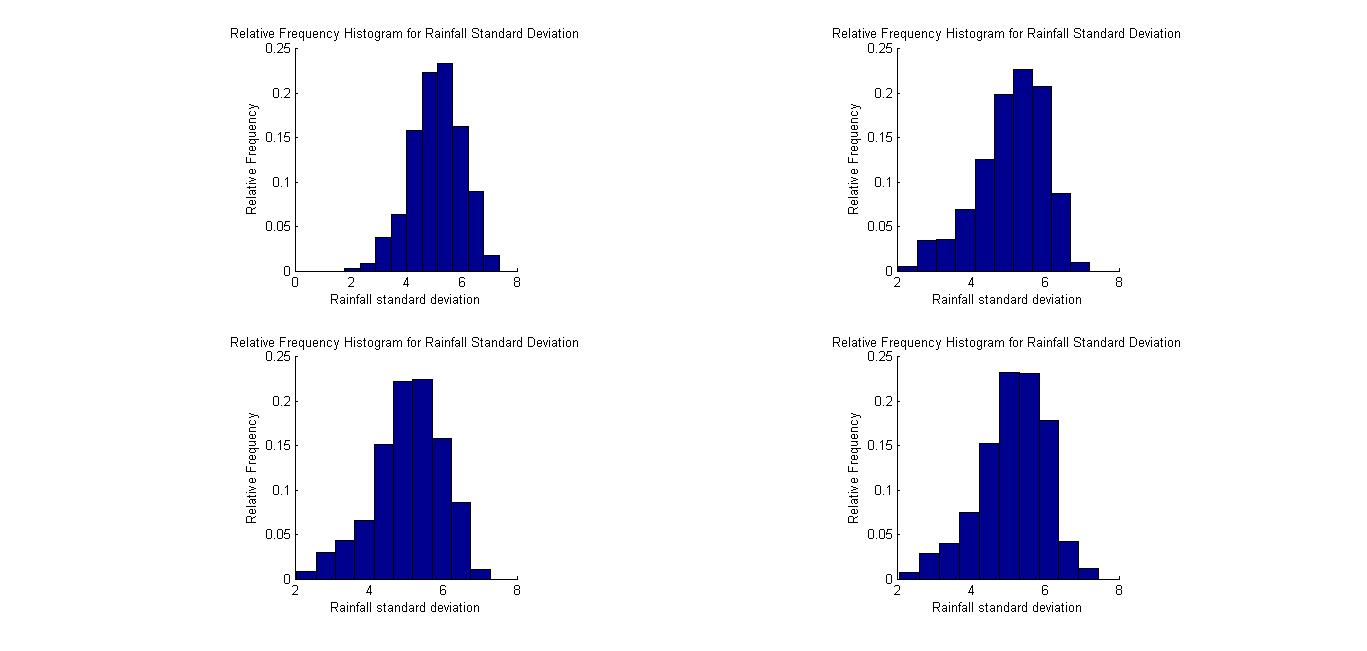|
Combinatorial Meta-analysis
Combinatorial meta-analysis (CMA) is the study of the behaviour of statistical properties of combinations of studies from a meta-analytic dataset (typically in social science research). In an article that develops the notion of "gravity" in the context of meta-analysis, Dr. Travis GeeGee, T. (2005) "Capturing study influence: The concept of 'gravity' in meta-analysis", ''Counselling, Psychotherapy, and Health'', 1(1), 52–7 proposed that the jackknife methods applied to meta-analysis in that article could be extended to examine all possible combinations of studies (where practical) or random subsets of studies (where the combinatorics of the situation made it computationally infeasible). Concept In the original article, ''k'' objects (studies) are combined ''k''-1 at a time ( jackknife estimation), resulting in ''k'' estimates. It is observed that this is a special case of the more general approach of CMA which computes results for ''k'' studies taken 1, 2, 3 ... ''k'' & ... [...More Info...] [...Related Items...] OR: [Wikipedia] [Google] [Baidu] |
Jackknife Method
In statistics, the jackknife (jackknife cross-validation) is a cross-validation technique and, therefore, a form of resampling. It is especially useful for bias and variance estimation. The jackknife pre-dates other common resampling methods such as the bootstrap. Given a sample of size n, a jackknife estimator can be built by aggregating the parameter estimates from each subsample of size (n-1) obtained by omitting one observation. The jackknife technique was developed by Maurice Quenouille (1924–1973) from 1949 and refined in 1956. John Tukey expanded on the technique in 1958 and proposed the name "jackknife" because, like a physical jack-knife (a compact folding knife), it is a rough-and-ready tool that can improvise a solution for a variety of problems even though specific problems may be more efficiently solved with a purpose-designed tool. The jackknife is a linear approximation of the bootstrap. A simple example: Mean estimation The jackknife estimator of a paramete ... [...More Info...] [...Related Items...] OR: [Wikipedia] [Google] [Baidu] |
Meta-analysis
A meta-analysis is a statistical analysis that combines the results of multiple scientific studies. Meta-analyses can be performed when there are multiple scientific studies addressing the same question, with each individual study reporting measurements that are expected to have some degree of error. The aim then is to use approaches from statistics to derive a pooled estimate closest to the unknown common truth based on how this error is perceived. Meta-analytic results are considered the most trustworthy source of evidence by the evidence-based medicine literature.Herrera Ortiz AF., Cadavid Camacho E, Cubillos Rojas J, Cadavid Camacho T, Zoe Guevara S, Tatiana Rincón Cuenca N, Vásquez Perdomo A, Del Castillo Herazo V, & Giraldo Malo R. A Practical Guide to Perform a Systematic Literature Review and Meta-analysis. Principles and Practice of Clinical Research. 2022;7(4):47–57. https://doi.org/10.21801/ppcrj.2021.74.6 Not only can meta-analyses provide an estimate of the u ... [...More Info...] [...Related Items...] OR: [Wikipedia] [Google] [Baidu] |
Combinatorics
Combinatorics is an area of mathematics primarily concerned with counting, both as a means and an end in obtaining results, and certain properties of finite structures. It is closely related to many other areas of mathematics and has many applications ranging from logic to statistical physics and from evolutionary biology to computer science. Combinatorics is well known for the breadth of the problems it tackles. Combinatorial problems arise in many areas of pure mathematics, notably in algebra, probability theory, topology, and geometry, as well as in its many application areas. Many combinatorial questions have historically been considered in isolation, giving an ''ad hoc'' solution to a problem arising in some mathematical context. In the later twentieth century, however, powerful and general theoretical methods were developed, making combinatorics into an independent branch of mathematics in its own right. One of the oldest and most accessible parts of combinatorics is ... [...More Info...] [...Related Items...] OR: [Wikipedia] [Google] [Baidu] |
Resampling (statistics)
In statistics, resampling is the creation of new samples based on one observed sample. Resampling methods are: # Permutation tests (also re-randomization tests) # Bootstrapping In general, bootstrapping usually refers to a self-starting process that is supposed to continue or grow without external input. Etymology Tall boots may have a tab, loop or handle at the top known as a bootstrap, allowing one to use fingers ... # Cross-validation (statistics), Cross validation Permutation tests Permutation tests rely on resampling the original data assuming the null hypothesis. Based on the resampled data it can be concluded how likely the original data is to occur under the null hypothesis. Bootstrap Bootstrapping is a statistical method for estimating the sampling distribution of an estimator by sampling (statistics), sampling with replacement from the original sample, most often with the purpose of deriving robust estimates of standard errors and confidence intervals of a ... [...More Info...] [...Related Items...] OR: [Wikipedia] [Google] [Baidu] |
Heterogeneity
Homogeneity and heterogeneity are concepts often used in the sciences and statistics relating to the uniformity of a substance or organism. A material or image that is homogeneous is uniform in composition or character (i.e. color, shape, size, weight, height, distribution, texture, language, income, disease, temperature, radioactivity, architectural design, etc.); one that is heterogeneous is distinctly nonuniform in at least one of these qualities. Heterogeneous Mixtures, in chemistry, is where certain elements are unwillingly combined and, when given the option, will separate. Etymology and spelling The words ''homogeneous'' and ''heterogeneous'' come from Medieval Latin ''homogeneus'' and ''heterogeneus'', from Ancient Greek ὁμογενής (''homogenēs'') and ἑτερογενής (''heterogenēs''), from ὁμός (''homos'', “same”) and ἕτερος (''heteros'', “other, another, different”) respectively, followed by γένος (''genos'', “kind”); - ... [...More Info...] [...Related Items...] OR: [Wikipedia] [Google] [Baidu] |


